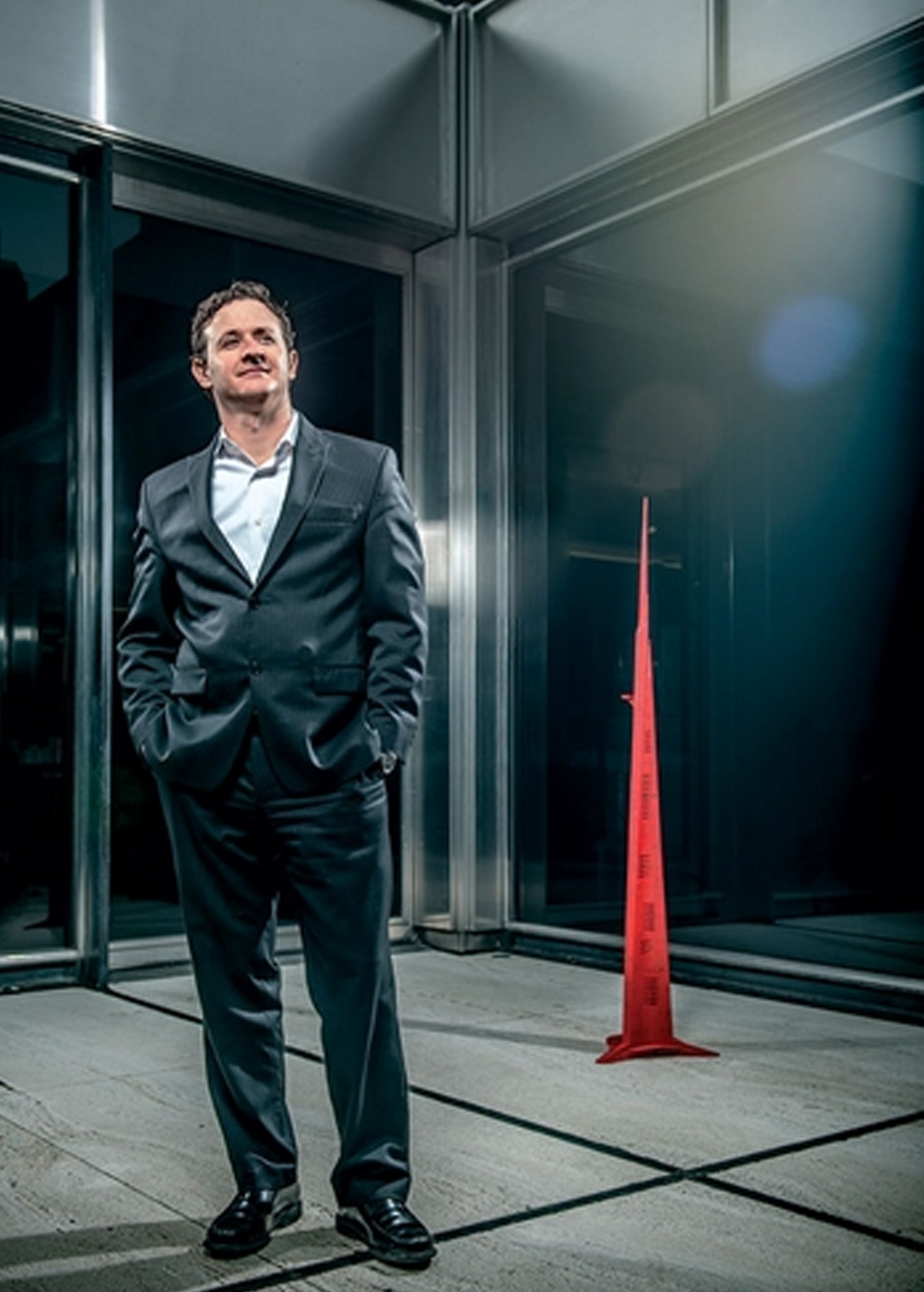1 Mar 14 | Crain's Chicago Business
Emerging talents with grand designs: Inside the niche of mega-tall skyscrapers
What the merging talents of the city's architectural industry share is a singular ability to reshape the built environments where they practice their trade.
Sometimes the changes they create bolt into public view dramatically, such as when workers start construction on a skyscraper in the Mideast or a signature hotel design in the Loop. In other instances, the shifts in the built environment they create are more subtle, such as a plan for the former Cabrini-Green area or new development patterns in Beijing.
It’s not easy to secure work in architecture right now. Firms laid off workers in droves after the recession. Excluding interior designers and landscape architects, just 7,175 people were working as architects here as of June, down 27% from the peak of 9,834 in 2008, according to Moody’s Analytics Inc. Margins are thin, industry observers say, and competition for work is stiff. But these Chicago-based architects have found ways to make their mark, both close to home and around the world.
Alejandro Stochetti exemplifies Chicago’s long tradition as an exporter of high-profile architecture, the kind of design work that turns into structures that define cities far beyond their borders.
At 40, Mr. Stochetti, a director at Adrian Smith + Gordon Gill Architecture, has made a name for himself in the niche world of mega-tall skyscrapers. The Council on Tall Buildings and Urban Habitat, a Chicago-based industry group, says such buildings must rise at least 600 meters, or nearly 1,969 feet, to be included in the category.
Mega-tall building design is a rarified corner in the architecture world. “It’s a relatively small community,” says Daniel Safarik, an editor at the council, with just a handful of firms regularly competing for commissions.
Mr. Stochetti started working on mega-tall buildings at Skidmore Owings & Merrill LLP, which hired him in 2001, bringing him to the city with a work visa from his native Argentina. There, Mr. Stochetti worked on the tallest building in the world, the $1.5 billion Burj Khalifa mixed-use tower in Dubai, United Arab Emirates, which at 2,717 feet is nearly double the height of Willis Tower. He eventually rose to senior designer on the project, working under architect Adrian Smith.
Later, after leaving SOM for Mr. Smith’s practice, he managed the day-to-day design work for the $1.2 billion Kingdom Tower in Jeddah, Saudi Arabia, which is slated to rise 3,281 feet upon its scheduled completion in 2019.
Mega-tall buildings allow designers to create self-contained worlds, Mr. Stochetti says. “It’s controlling the parameters where you want to live… As a designer, being able to control the maximum of an environment is a gift.”
With construction on the Kingdom Tower underway – workers have driven more than 200 foundation piles at the site, installing a nearly 15-foot-thick slab over them for the building’s foundation – Mr. Stochetti is turning to new work, including a city-design project in Kazakhstan. Now a US citizen, he’s even working on small objects he declines to discuss in detail. “As the designer, you want to impact all the sales of life,” he says.
